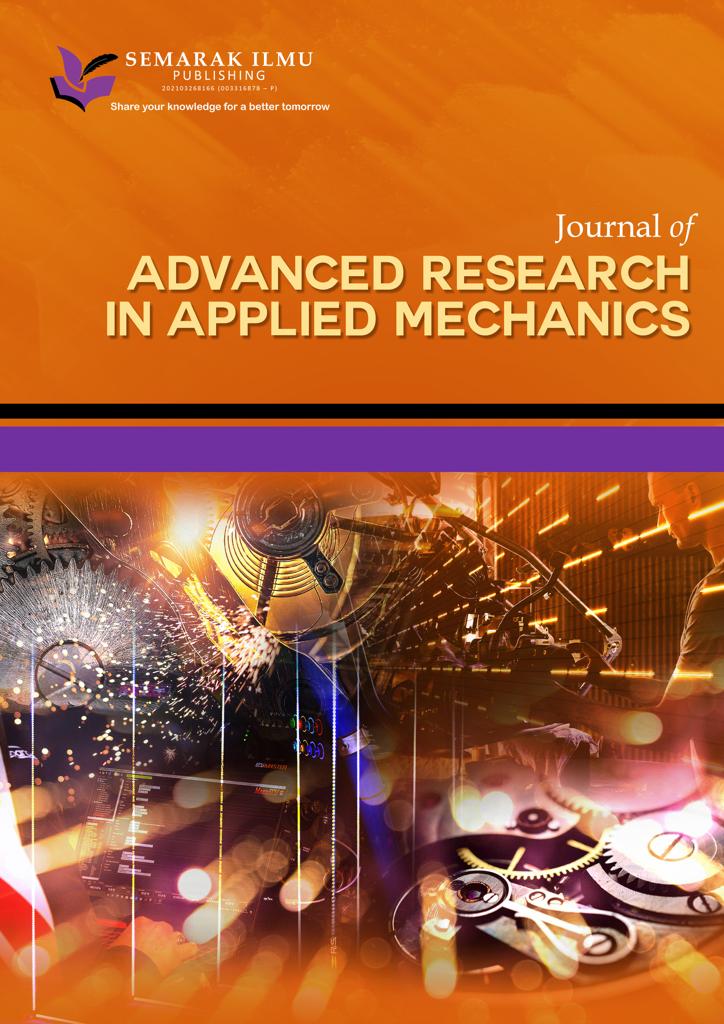Rotor Power Optimization of Horizontal Axis Wind Turbine from Variations in Airfoil Shape, Angle of Attack, and Wind Speed
DOI:
https://doi.org/10.37934/arfmts.94.1.138151Keywords:
airfoil, angle of attack, blade element momentum, HAWT, optimization, wind speedAbstract
This paper presents rotor power optimization of the Horizontal Axis Wind Turbine of various parameters such as airfoil, angle of attack, and wind speed. Simulation of HAWT rotor power uses Blade Element Momentum (BEM). Furthermore, optimization using the Taguchi method with L16(43) orthogonal array. The parameters used in this study were: airfoil NACA (National Advisory Committee for Aeronautics) 4412, NACA 2412, NACA 4412-NACA 2412, NACA 4412mod-NACA 2412mod; angle of attack 3˚, 4˚, 5˚, 6˚; and wind speed of 5, 6, 7, 8 (m/s). The simulation uses the general parameter at 1 MW HAWT. Several types of NACA airfoil, angle of attack, and wind speed were simulated, then optimized to obtain optimal parameters for the HAWT output power. The results of this study found the most optimal rotor power, namely the condition of the NACA 4412mod-NACA 2412mod airfoil, 3˚ angle of attack, and 8m/s wind speed. Wind speed is the most significant influence factor based on ANOVA analysis ranked 1st based on S/N ratio analysis, 2nd rank is an airfoil, and 3rd rank is the angle of attack. The higher the wind speed, the greater the rotor power generated.
Downloads



























